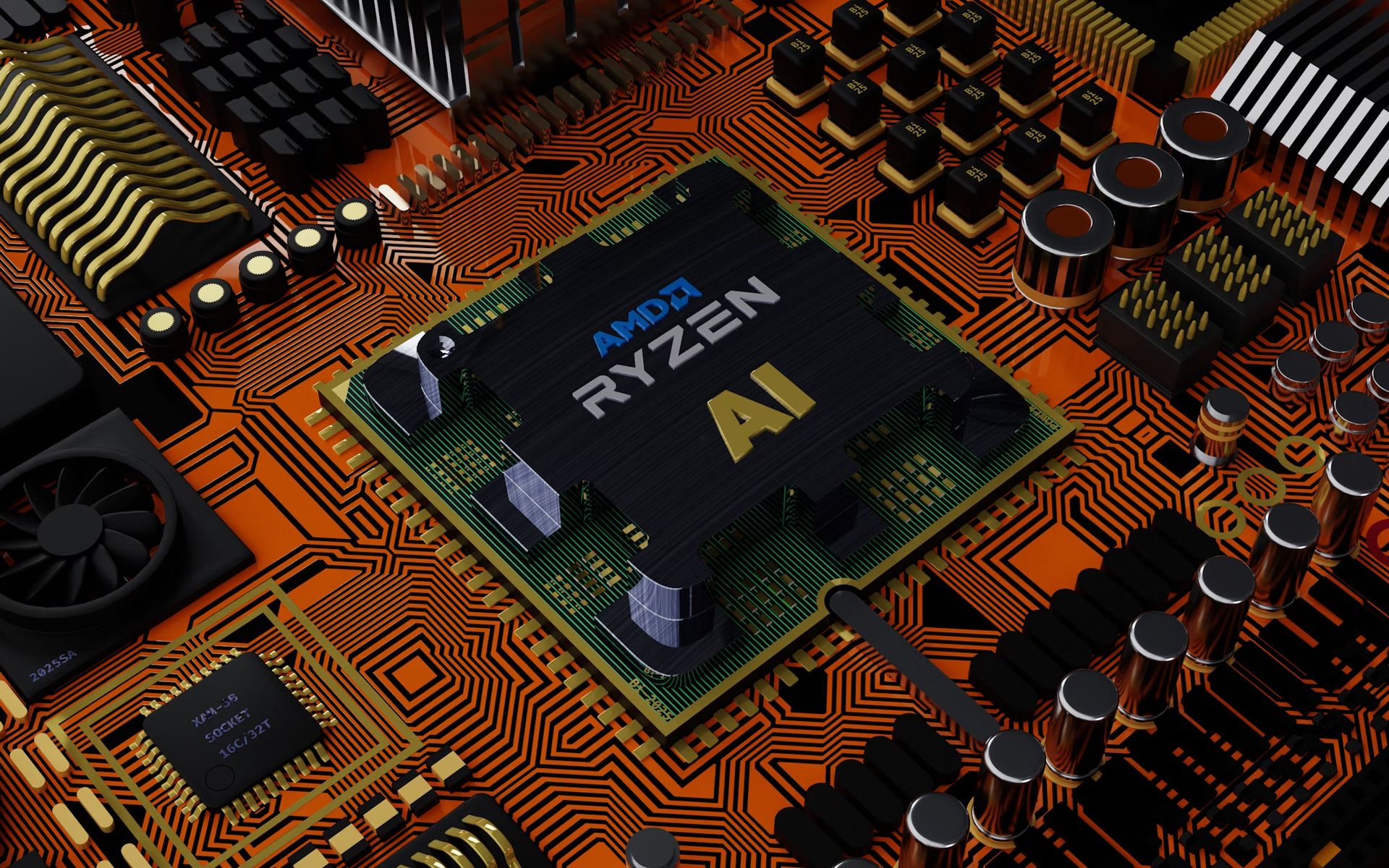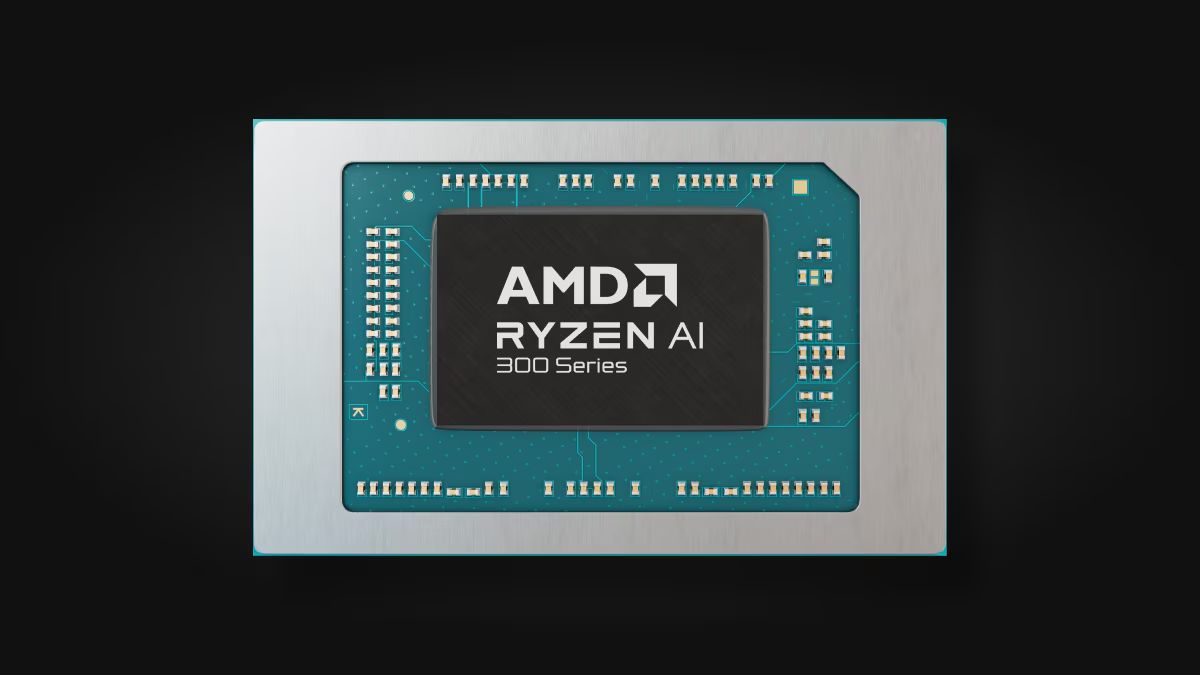Ryzen AI HX 370 hits impressive 58 FPS benchmark

The OneXFly F1 Pro has made its debut, marking the arrival of the first gaming handheld powered by AMD’s Ryzen AI HX 370 APU. While AMD’s Strix Point chips, introduced in August, have been largely limited to laptops, OneXFly is the first device to incorporate this latest technology into a gaming handheld. AMD has typically prioritized laptop manufacturers for the initial rollout, which has left handheld devices like the OneXFly to appear later.
The F1 Pro sports a traditional design featuring a 7-inch OLED screen with a 144Hz refresh rate, integrated with two controllers on either side. This setup aims to deliver the handheld gaming experience many enthusiasts have been looking for, making the F1 Pro an interesting competitor in the handheld gaming space.
Ryzen AI: The power behind the OneXFly F1 ProAt its core, the OneXFly F1 Pro is equipped with AMD’s Ryzen AI HX 370, which features 12 cores—four Zen 5 and eight Zen 5c—providing a total of 24 threads. The Zen 5 cores can reach a maximum boost clock of 5.1GHz, while the Zen 5c cores top out at 3.3GHz. The default thermal design power (TDP) for the APU is rated at 28 watts, but it can be configured between 15W and 54W for optimal power and performance balance. The graphics capabilities are powered by AMD’s Radeon 890M, further enhancing its gaming prowess.
The handheld was recently showcased in a short gameplay video posted by One-Netbook, the device manufacturer, where it was seen running Black Myth: Wukong. In the benchmark, the OneXFly F1 Pro achieved an average of 58 frames per second (fps) at a TDP of 15W. This is an impressive result for a gaming handheld, especially considering that it maintains a decent level of performance while operating at relatively low power.
While achieving near-60 fps at a lower power setting is notable, it does come with some compromises. The benchmark for Black Myth: Wukong was run at 1920×1080 resolution with settings on low and a 65% resolution scale, effectively bringing it closer to 700p. Additionally, AMD’s FSR (FidelityFX Super Resolution) was enabled, which contributed to maintaining smooth gameplay. At times, the frame rate dipped to around 40 fps, but for the most part, it stayed steady at an impressive 58 fps.
Ryzen AI 9 HX 370 under scope: ASUS Zenbook S16 gets its treat
For those looking to push performance further, it is presumed that increasing the TDP would result in higher fps, though this would come at the cost of battery life. As it stands, the OneXFly F1 Pro shows promising performance for AAA titles, albeit with some concessions in resolution and graphic quality.The launch of the OneXFly F1 Pro represents a milestone for AMD’s Strix Point chips in the handheld gaming market. Up until now, these chips were primarily found in mini PCs and non-gaming devices like the GPD clamshell system. With OneXFly, AMD’s latest technology finally makes its way into the handheld gaming scene, potentially opening up new possibilities for mobile gaming enthusiasts.
 Ryzen AI HX 370 hits impressive 58 FPS benchmark (Image credit)
Ryzen AI HX 370 hits impressive 58 FPS benchmark (Image credit)
The F1 Pro is expected to be listed on the company’s website soon, though specific pricing and release dates have yet to be announced. In the meantime, One-Netbook plans to release more gameplay videos to showcase the device’s capabilities. With AMD expected to announce its next-generation Z2 Extreme chip during CES 2025, it’s clear that the gaming handheld market is continuing to grow and innovate.
Until more details about the pricing and availability of the OneXFly F1 Pro emerge, the excitement lies in seeing how well it will perform in the real world, outside of benchmark videos. The combination of AMD’s latest APU, a high-refresh OLED display, and a thoughtful handheld design has the potential to shake up the portable gaming market.
Featured image credit: BoliviaInteligente/Unsplash
